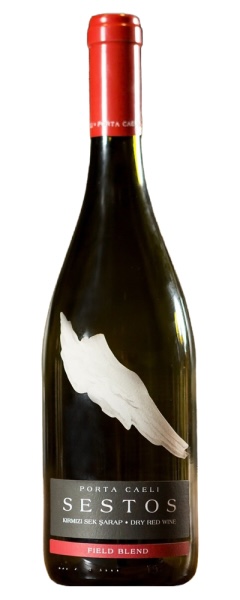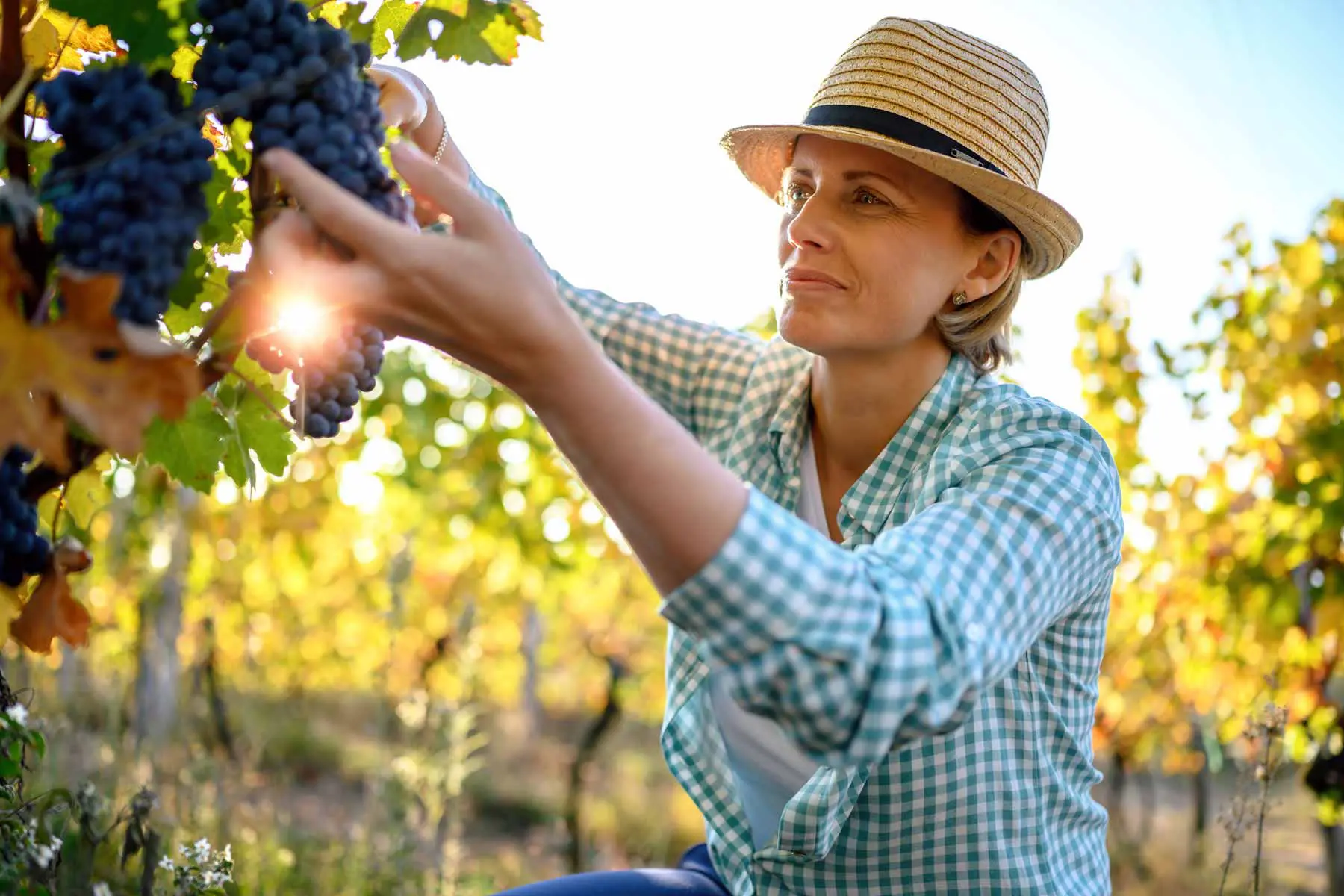Porta Caeli—known formally as Vinero—is one of the producers whose wines have been on our menu since their very first vintage. We’ve built a warm and friendly relationship with the Porta Caeli team over the years, and during one of our conversations, they mentioned something that piqued my interest: they had processed one of their vineyard plots exactly as it stood, preserving its mixed vine population to create a field blend. At the time, they had no samples left, so I couldn’t taste it—but I made it very clear that we’d be waiting eagerly for the next one.
Time passed, and eventually, the Porta Caeli Field Blend was bottled. Although the sample took a little longer than expected to arrive, it did reach us. This piece isn’t the place for detailed tasting notes, but let me just say this: their 2022 vintage, bottled under the name Sestos, is absolutely worth discovering. When you come by, I strongly recommend giving it a try.

What is a Field Blend?
In modern winemaking, the grape reigns supreme. So much so that nearly every decision is made with one goal in mind: identifying and cultivating the most “noble” clone of a given variety. Clone selection is the foundation of modern viticulture. Wines are crafted based on micro-terroir mapping and marketed accordingly—each parcel adding commercial value through specificity and distinction.
But this hasn’t always been the case. In traditional viticulture, the vineyard was home to many grape varieties growing side by side. They were harvested together and vinified together. This approach, the very one that gives this piece its title, is known as a field blend.
Field blends are relics from an era less obsessed with control—times when harmony with nature, not domination of it, guided how we farmed. It’s a method rooted in trust: you don’t define the wine in advance. You accept the mystery of what will emerge from the harvest. It’s a production philosophy grounded in rhythm rather than rigidity, and in faith rather than formula.
Why Field Blends Still Matter
- Different grape varieties planted side by side offer natural resilience against climate variability. What one struggles with, another may endure.
- Co-fermentation allows each variety to contribute its own strengths to the final wine, resulting in more complex and layered expressions.
- In traditional vineyards, precise row-by-row varietal planning wasn’t a concern. Vines were planted intuitively, not scientifically—and there was nothing unusual about having red and white grapes growing together.
Do Field Blends Still Have a Place Today?
After World War II, humanity entered an age of rapid industrial growth, one in which convenience and civilization became inseparable. Only recently have we begun to question that equation. As it turns out, the world wasn’t made for us—it was made with or without us. That realization came too late for many systems, but not for all.
Some saw it coming. A small but growing number of winemakers—those who embrace natural methods—have long resisted industrial logic. Field blending belongs to this tradition. It’s not just a winemaking technique; it’s a worldview. One that rejects engineering in favor of ecology. One that listens before acting.
Examples from Around the World
Douro Valley, Portugal
Douro is perhaps the most iconic field blend region in the world. It’s common for old vineyards to contain over 20 different grape varieties, all harvested and vinified together. Touriga Nacional, Tinta Roriz, Touriga Franca—each plays its part. Producers like Niepoort and Wine & Soul carry the tradition forward with elegance and confidence.
California / Old Zinfandel Vineyards
Vineyards planted in the late 1800s still contain Zinfandel, Petite Syrah, Carignan, and Mourvèdre growing side by side. Ridge Vineyards (notably their Geyserville blend) and Bedrock Wine Co. are keeping these historic sites alive through thoughtful field blend practices.
Vienna, Austria – Gemischter Satz
One of the few legally defined field blends. In vineyards surrounding Vienna, white varieties like Grüner Veltliner, Riesling, and Traminer are co-planted and co-fermented. The Gemischter Satz is now recognized as an Intangible Cultural Heritage by UNESCO.
Spain – Priorat & Alto Piemonte
In both Priorat and the foothills of the Alps in northern Italy, vineyards with naturally mixed grape populations are still in use. Garnacha, Cariñena, and Picapoll grow together and are often vinified as one. Producers like Álvaro Palacios use this approach to craft long-lived, deeply expressive wines.
Field Blends in Turkey
Turkey’s winemaking history is a paradox. We live in the very lands—what we call the Fertile Crescent—where the wild vine was first domesticated, yet we’ve also witnessed generations of rupture. The communities with the deepest viticultural knowledge, often non-Muslim and non-Turkish, were uprooted from the land during political shifts. Oral traditions were broken. Institutional knowledge dissolved.
After the founding of the Republic, policies aimed at reviving viticulture and winemaking were launched. But political turnover stifled continuity. Today, Turkey’s wine industry is in a kind of renaissance—but one led mostly by bold, modern investors and a technical, engineering-driven ethos.
This means that Field Blend, as a philosophy, has mostly symbolic and romantic value here. It’s admired more than applied. And that may not change anytime soon.
Still, we know of old vineyards on Bozcaada where red varieties like Karalahna and Kuntra once grew alongside white Çavuş vines. These mixed plots weren’t vinified commercially but were used for home winemaking—one of the last living traces of a field blend mentality in local tradition.
That’s why Porta Caeli’s Sestos is so exciting. It’s a rare and beautiful example of what a Turkish-style field blend can look—and taste—like. Let’s not take it for granted.

Katerina Monroe
@katerinam • More Posts by Katerina
Congratulations on the award, it's well deserved! You guys definitely know what you're doing. Looking forward to my next visit to the winery!





















